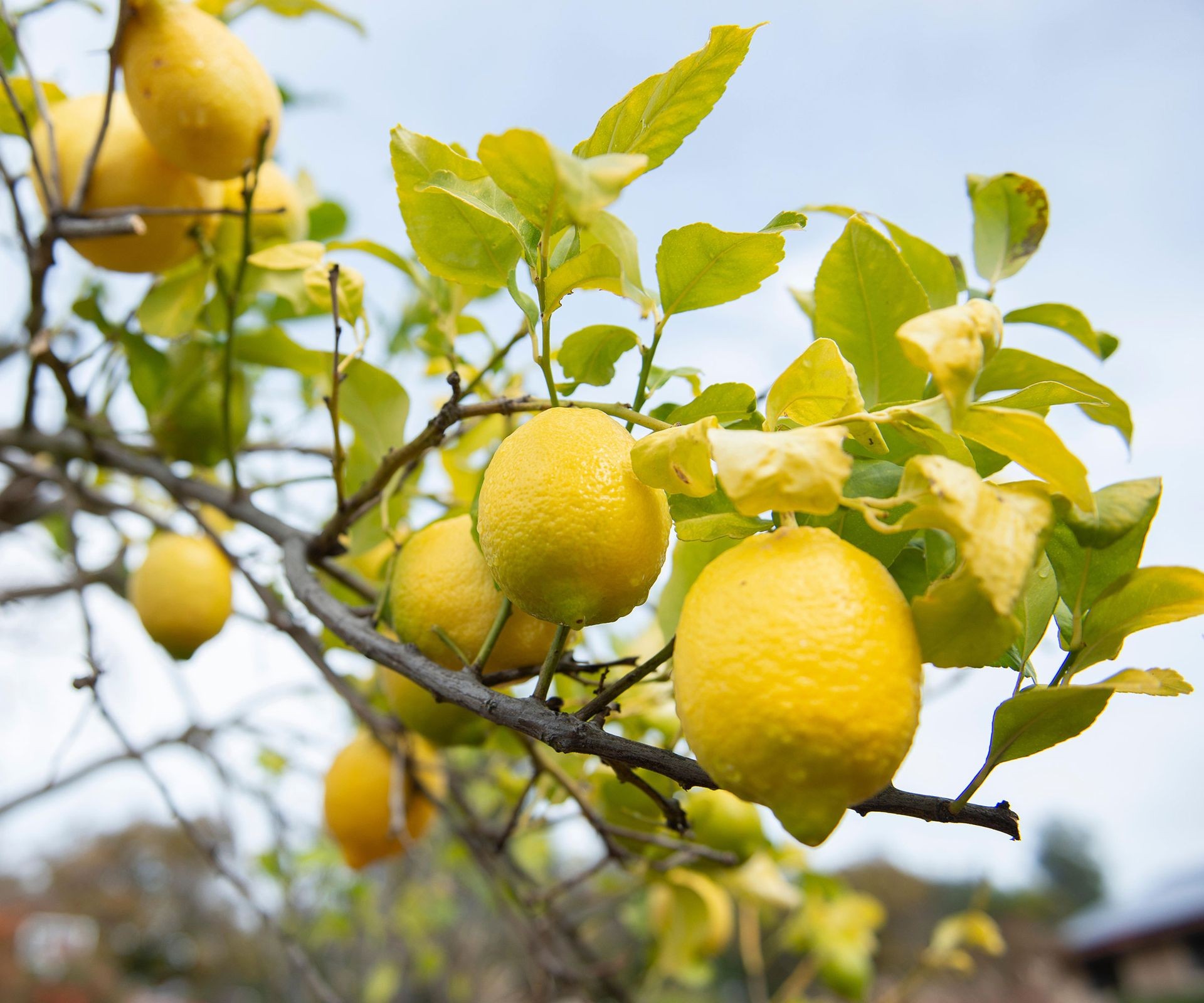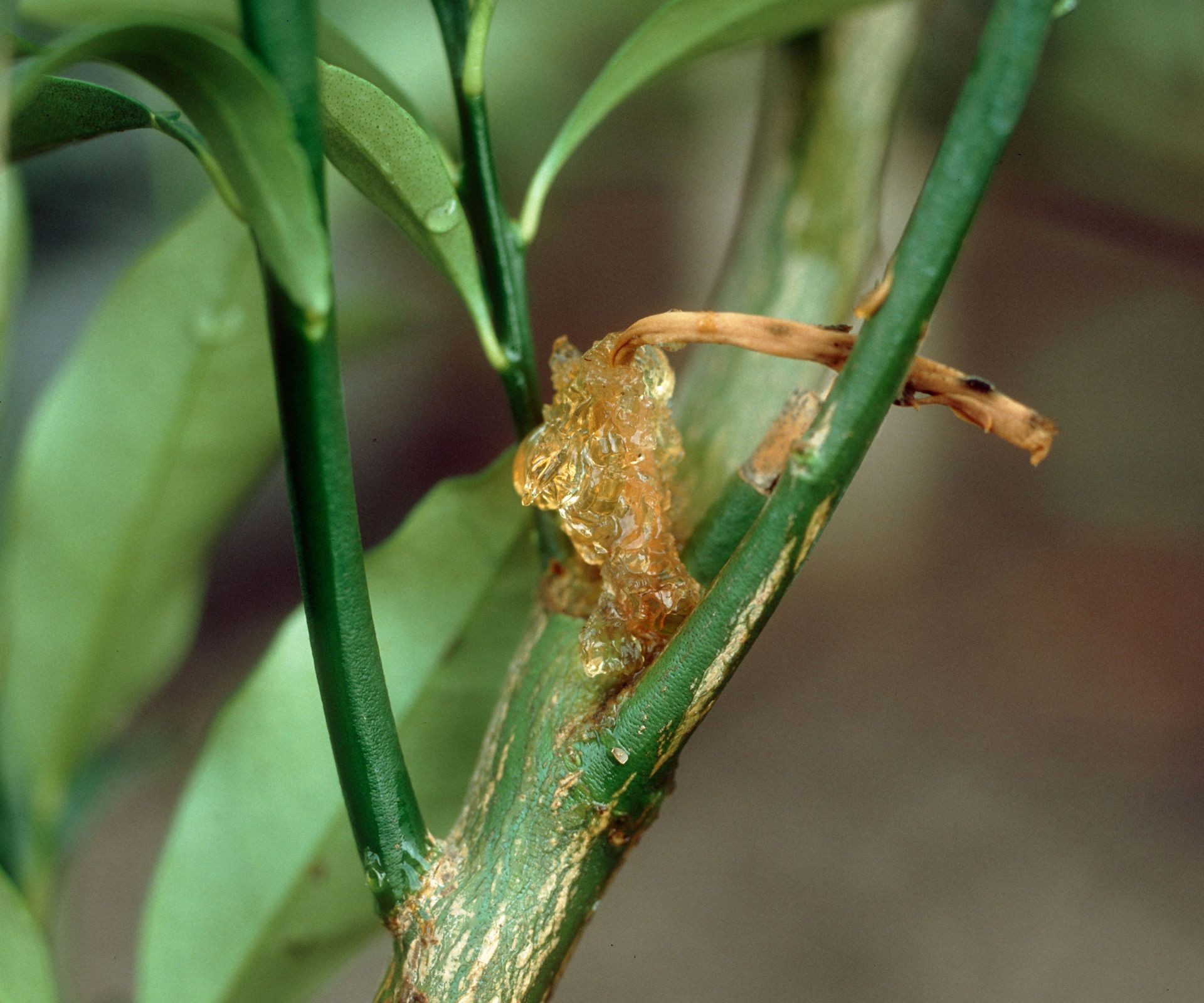No products in the cart.
NEWS
Protecting Your Lemon Trees: A Guide to Common Diseases and How to Tackle Them
Few things brighten a garden or patio like a flourishing lemon tree, laden with fragrant blossoms and vibrant fruit. Whether you nurture yours in a pot or as part of a larger grove, maintaining its health is key to a bountiful harvest. However, like all living things, lemon trees can face challenges from various diseases and pests. Being informed is your best defense. Understanding the most common lemon tree diseases allows you to spot symptoms early and take swift action, ensuring your citrus companion thrives.
This guide, drawing on extensive agricultural knowledge and practical experience, walks you through five prevalent diseases that can affect your lemon tree, covering both leaf and bark issues. While pests also pose threats, focusing on these key diseases will equip you with essential knowledge for maintaining tree vitality.
Beyond specific ailments, remember that a strong, healthy tree is always more resistant. Basic care practices—ensuring adequate sun exposure, using appropriate soil, providing good airflow, and especially managing water correctly—form the foundation of prevention. Overwatering, in particular, is a common pitfall for container-grown lemon trees, leading to root issues and yellowing leaves, much like underwatering. Deep watering weekly for orchard trees and checking soil dryness for potted plants are simple yet vital steps. Regular feeding with a suitable citrus fertilizer also supports overall tree health.
 Lemon tree foliage showing signs of nutrient deficiency or potential disease, with yellowing leaves evident.
Lemon tree foliage showing signs of nutrient deficiency or potential disease, with yellowing leaves evident.
Common Lemon Tree Diseases to Recognize
Diseases aren’t necessarily a reflection of poor gardening skills; often, environmental factors play a significant role. The goal is to be vigilant and proactive, not to feel discouraged. Here are the five diseases most likely to challenge your lemon tree:
1. Armillaria Root Rot
Considered one of the more serious threats, Armillaria root rot is caused by a group of fungi from the Armillaria family. This pathogen enters the tree through its root system, leading to decay in both the roots and the lower trunk.
The initial signs are often subtle: poor overall vitality and stunted growth. As the disease progresses, you’ll notice leaves turning yellow, then brown, indicating a severe disruption in nutrient and water uptake. While a healthy tree might resist for a time, the decay ultimately weakens the tree significantly, potentially causing it to become unstable and even fall over. Given its potential to shorten the lemon tree’s productive life cycle, it’s wise to have a suspected case inspected by a local expert to assess the damage and potential hazard.
2. Bacterial Blast
A key disease affecting lemon tree leaves, bacterial blast is caused by the bacterium Pseudomonas syringae. Look for distinctive black lesions on the leaves. These lesions can spread and eventually girdle the leaf axil (the point where the leaf meets the stem), causing the leaves to wither and drop. Affected areas on twigs may develop a dark, scab-like appearance. This leaf damage is typically most severe on the side of the tree facing prevailing winds, as wind helps spread the bacteria, especially during cold, wet winter conditions.
Prevention is often the most effective approach for bacterial blast. Planting windbreaks can protect your trees from the wind-driven rain that facilitates spread. Strategic pruning in early spring to remove any damaged twigs and limiting fertilizer application in the fall can also help reduce the tree’s susceptibility.
3. Citrus Nematode (Slow Decline)
The citrus nematode, a microscopic worm known scientifically as Tylenchulus semipenetrans, is a soil-dwelling pest that specifically targets the roots of citrus trees, including lemons. These tiny organisms cause a condition aptly named “citrus slow decline.”
As nematodes feed on the roots, the tree is gradually starved of the resources it needs. Symptoms manifest above ground as reduced vigor, small fruit size, smaller-than-normal leaves, leaf yellowing, and dieback of twigs. This slow but steady decline is particularly devastating for younger or already weakened trees. Preventing citrus nematode infestation is significantly easier than treating it. A primary prevention strategy involves selecting and planting lemon trees grafted onto rootstocks known to be resistant to nematodes.
 Lemon tree trunk exhibiting symptoms characteristic of Phytophthora gummosis, showing sap oozing and bark discoloration.
Lemon tree trunk exhibiting symptoms characteristic of Phytophthora gummosis, showing sap oozing and bark discoloration.
4. Phytophthora Gummosis
Caused by various species of the Phytophthora fungus, Phytophthora gummosis is a classic citrus tree bark disease. The most striking symptom is the appearance of sap oozing from cracks in the trunk bark, often described as the tree “bleeding.” This sap eventually hardens, and the affected bark may crack, peel away, and the lesions can ultimately girdle the trunk.
As the disease progresses, the damaged areas on the bark dry out, crack, and become sunken, appearing dark and dead. Fruit can also show symptoms, including brown, decayed spots. Phytophthora thrives in moist, cool conditions, making trees in poorly drained or frequently wet soil more vulnerable. While young trees are highly susceptible, mature trees can also succumb to this disease if left untreated. If you notice oozing sap and cracking bark, immediate action is required. Carefully strip away all diseased bark and extend into the healthy bark surrounding the infected zone. Prune lower branches, ideally keeping them at least two feet (60 cm) from the soil surface, as soil can harbor the fungus. Allow the stripped area to dry thoroughly and monitor it for several months, repeating the process if necessary.
5. Sooty Mold
Sooty mold is a fungal issue, often caused by fungi in the genera Capnodium, Fumago, or Scorias. Unlike the other diseases listed, sooty mold fungi don’t directly infect the tree tissue. Instead, they grow on a sugary substance called honeydew, which is excreted by certain sap-feeding insects like scale insects, aphids, whiteflies, and mealybugs.
This mold forms a dark, black, powdery or crusty layer on leaves and stems. While not directly damaging to the plant tissue, a thick layer of sooty mold can block sunlight, reducing the leaves’ ability to photosynthesize, which weakens the tree over time. You can manually wash sooty mold off the foliage with soapy water, but the real solution lies in controlling the insects producing the honeydew. Identify the culprit pests (scales often cause significant honeydew on citrus) and implement appropriate control measures. This might involve targeted applications to smother eggs or using gentle, effective treatments like horticultural oils or botanical extracts which can help manage pest populations. Consistent monitoring and timely intervention are key.
Frequently Asked Questions
When is My Lemon Tree Beyond Saving?
Determining if a tree is beyond saving can be tough. Before giving up, ensure you’ve correctly diagnosed the problem and have consistently applied recommended treatments and cultural practices. A tree that continues to decline despite best efforts, or one where the damage is extensive (like severe root rot or trunk girdling), may unfortunately be too far gone. Consulting with experienced growers or local agricultural extension services can provide a professional assessment. Maintaining consistent watering and feeding schedules is paramount; often, improving basic care can help a tree recover from less severe issues.
Which Lemon Tree Pests are the Worst?
The “worst” pest can feel like whichever one is currently attacking your tree! While many common citrus pests can be managed, some can be particularly persistent or cause significant damage rapidly if not addressed. Citrus red mites, for example, can be challenging to eradicate and can severely impact foliage health. Consistent monitoring of your trees is crucial. Regularly inspect leaves (tops and undersides), stems, and fruit for any signs of pests. Early detection and prompt treatment, tailored to the specific pest identified, offer the best chance of successful control and preventing widespread damage.
Cultivating a Healthy Future for Your Lemon Trees
Caring for lemon trees brings immense satisfaction, from watching new growth emerge to harvesting your own fragrant fruit. While diseases and pests are part of the journey, they don’t have to be roadblocks. By understanding the common issues, recognizing the symptoms early, and implementing sound cultural practices alongside targeted interventions when necessary, you can significantly enhance your tree’s resilience and productivity.
Proactive care, including proper watering, feeding, airflow, and selecting resistant varieties where possible, creates a strong foundation. When problems do arise, accurate identification is the first step towards an effective solution. Whether you’re dealing with root issues, leaf spots, bark damage, or pest-induced problems, a combination of good husbandry and appropriate treatments can help your lemon tree thrive.
Explore resources and solutions tailored to supporting plant health. At Biogarden.asia, we understand the passion that goes into growing healthy plants and offer products and information designed to help your garden flourish. Don’t let common issues deter you; with the right knowledge and tools, you can keep your lemon tree vibrant and fruitful for years to come. Share your growing experiences and connect with other plant enthusiasts!



